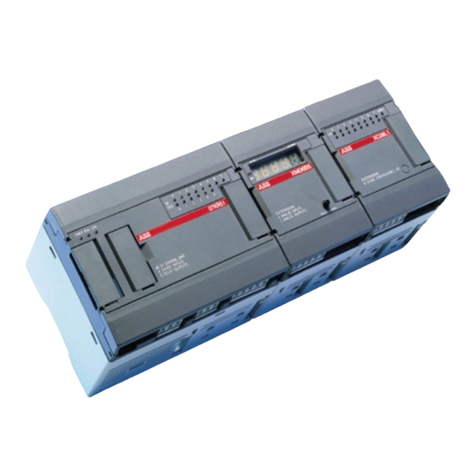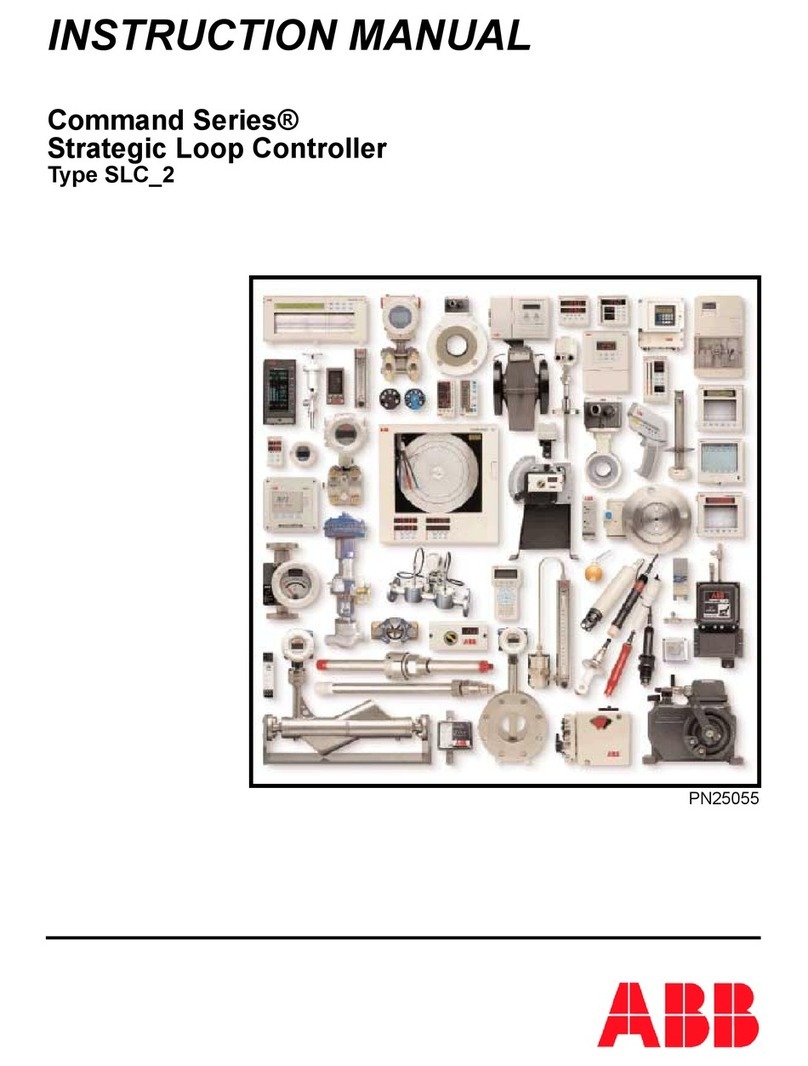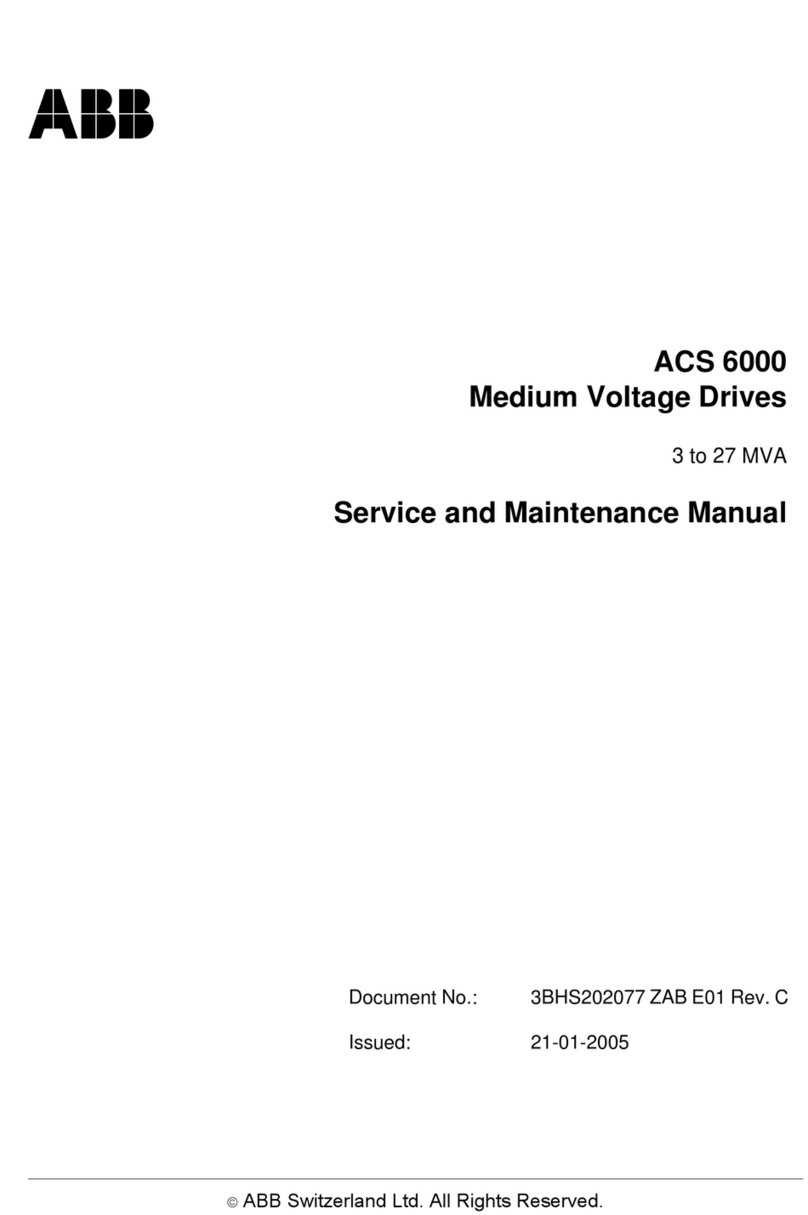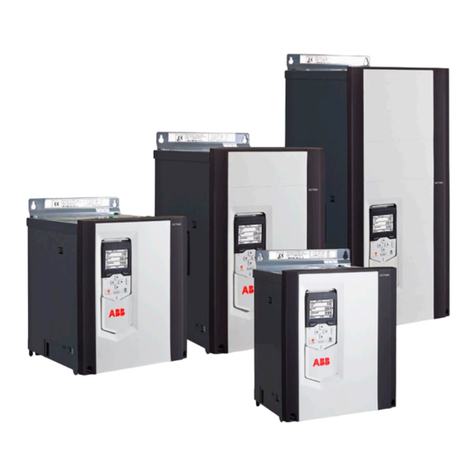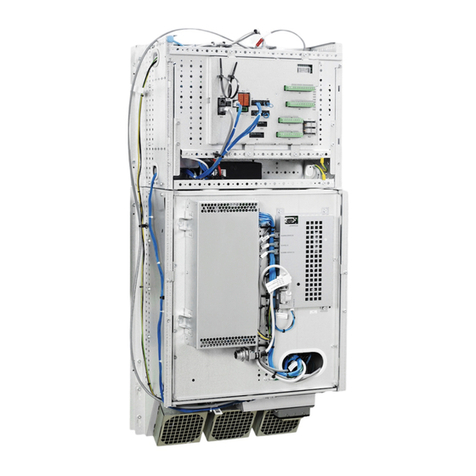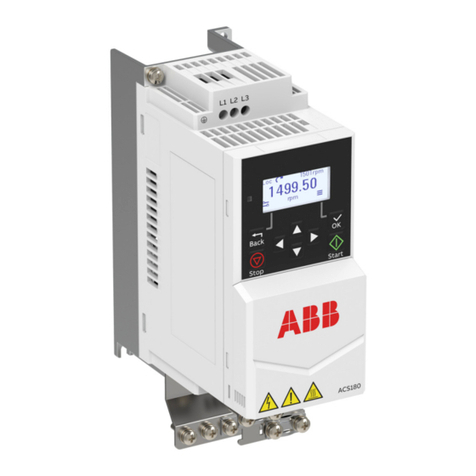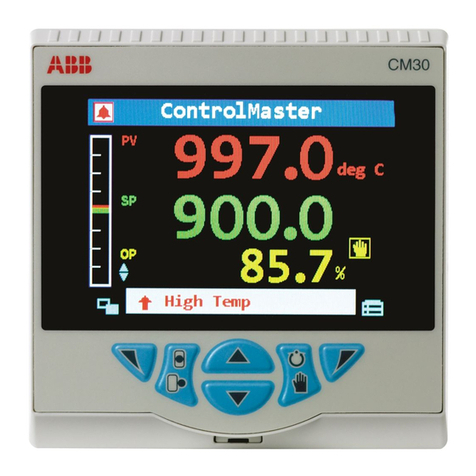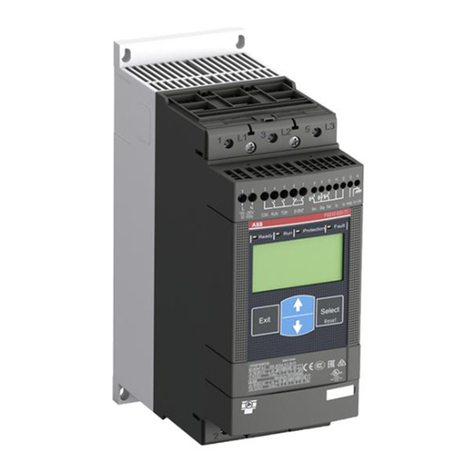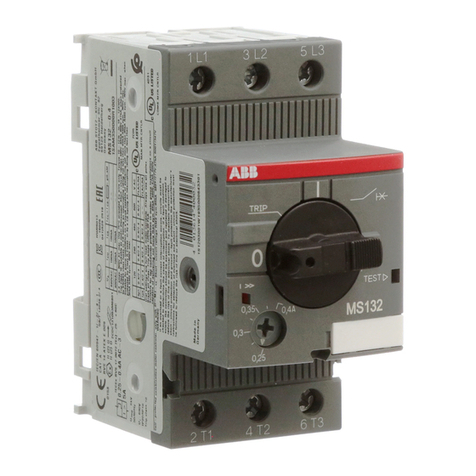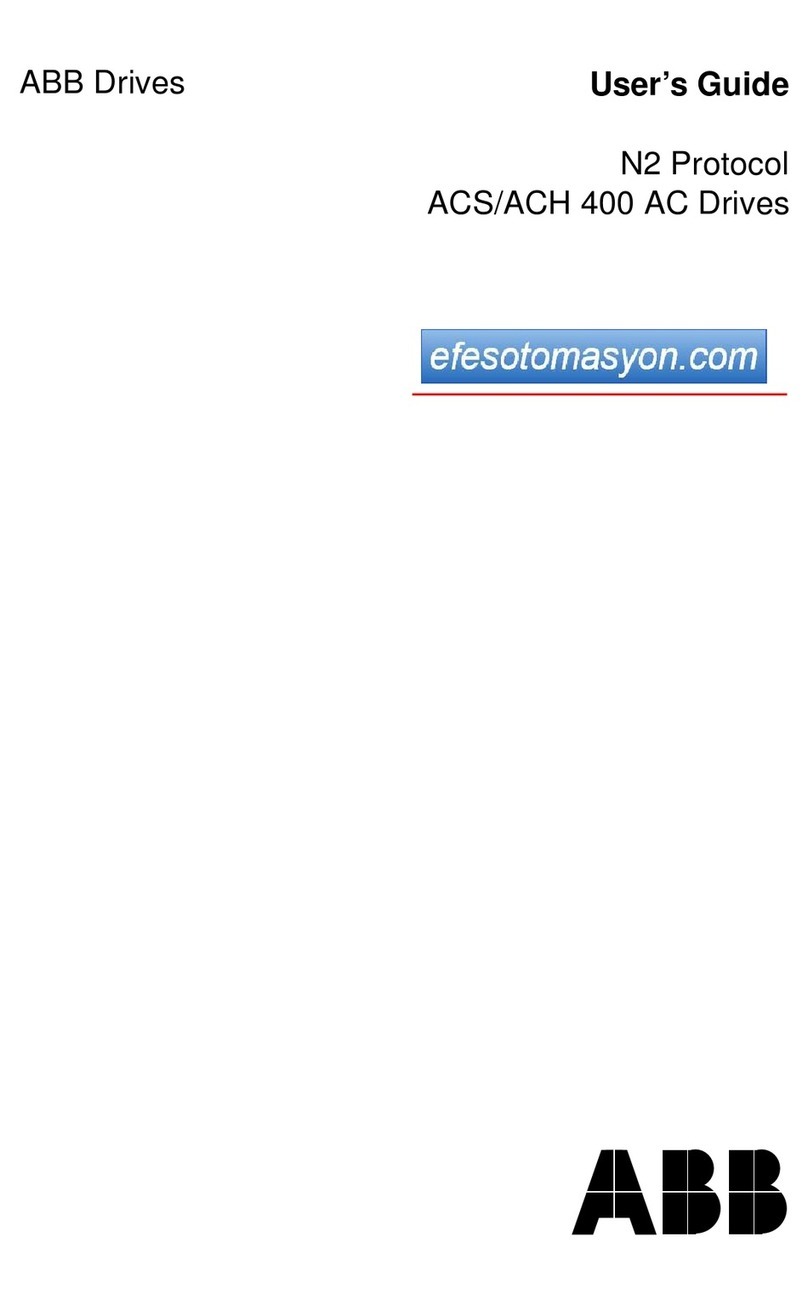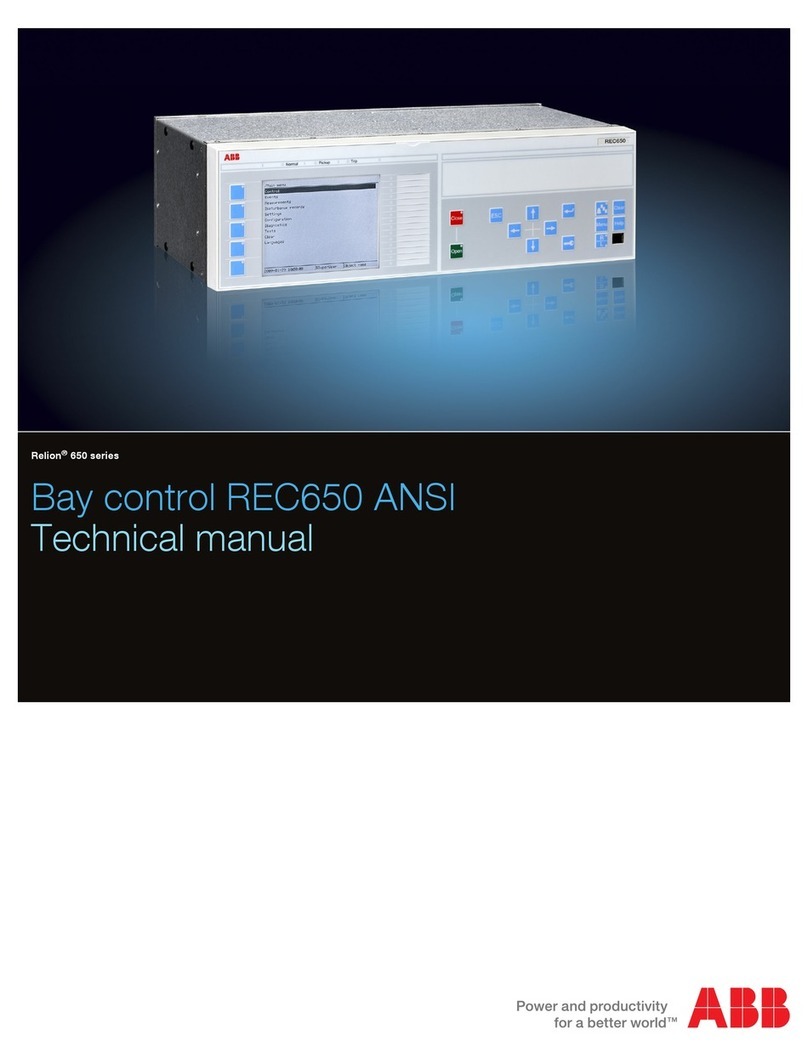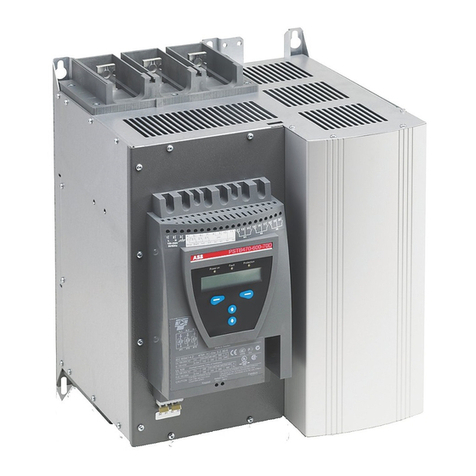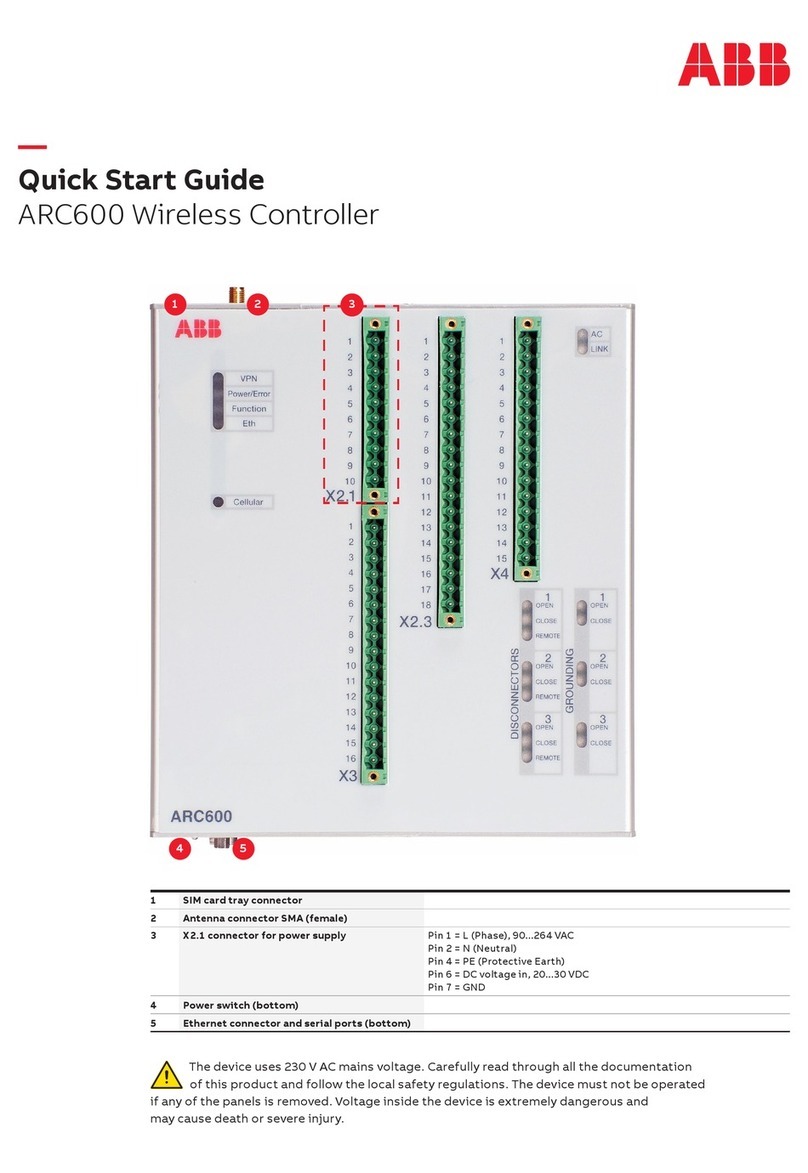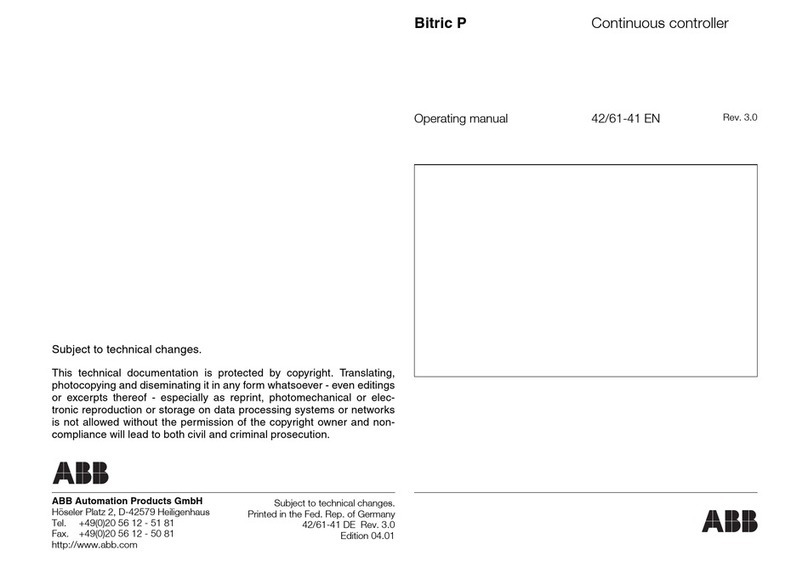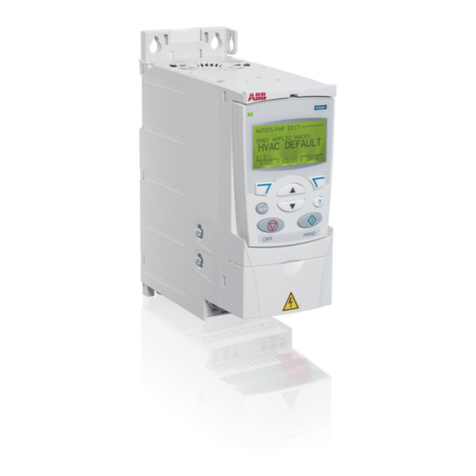
4.2.1 Communication diagnostics and watchdog................................................................... 34
4.3 Disconnector control condition monitoring functions................................................................. 34
4.3.1 Disconnector travel time monitoring................................................................................34
4.3.2 Disconnector actuator motor overload protection........................................................35
4.3.3 Monitoring of the pressure of SF6 gas.............................................................................36
4.4 Battery charging and monitoring functions....................................................................................36
4.4.1 Power backup.........................................................................................................................36
4.4.2 Heater control........................................................................................................................ 37
4.4.3 Low auxiliary voltage indication.........................................................................................37
4.4.4 Over/undertemperature indication...................................................................................37
4.4.5 Temperature compensation of battery charging voltage.............................................37
4.4.6 Battery deep discharge protection................................................................................... 38
4.4.7 Battery capacity test............................................................................................................ 38
4.5 Measurement functions...................................................................................................................... 40
4.5.1 Temperature measurement................................................................................................ 40
4.6 Load limiter.............................................................................................................................................41
4.6.1 Overload detection settings............................................................................................... 41
4.6.2 Remote enabling and disabling of the load limiter........................................................43
4.6.3 Load limiter status................................................................................................................43
4.6.4 Reason for load limiter activity.......................................................................................... 44
4.6.5 Measured charge during overload.....................................................................................44
4.6.6 Measured time during overload.........................................................................................44
4.7 Support for fault indicators................................................................................................................44
5 Cyber security..........................................................................................45
5.1 Cybersecurity definition...................................................................................................................... 45
5.2 Enhancing operator and subscription security.............................................................................. 45
5.3 Configuring firewall and services...................................................................................................... 45
6 Getting started........................................................................................ 47
6.1 Connecting cables.................................................................................................................................47
6.1.1 Connection principle.............................................................................................................47
6.2 Logging in............................................................................................................................................... 47
6.2.1 User interface........................................................................................................................ 48
6.3 Setting Ethernet port function to LAN............................................................................................. 48
6.4 Configuring mobile WAN..................................................................................................................... 49
6.5 Configuring the default route............................................................................................................ 49
7 Network configuration...........................................................................50
7.1 Defining host and domain names..................................................................................................... 50
7.2 Configuring communication interfaces........................................................................................... 50
7.2.1 Configuring Ethernet LAN...................................................................................................50
Contents
ARC600
User Manual
9

